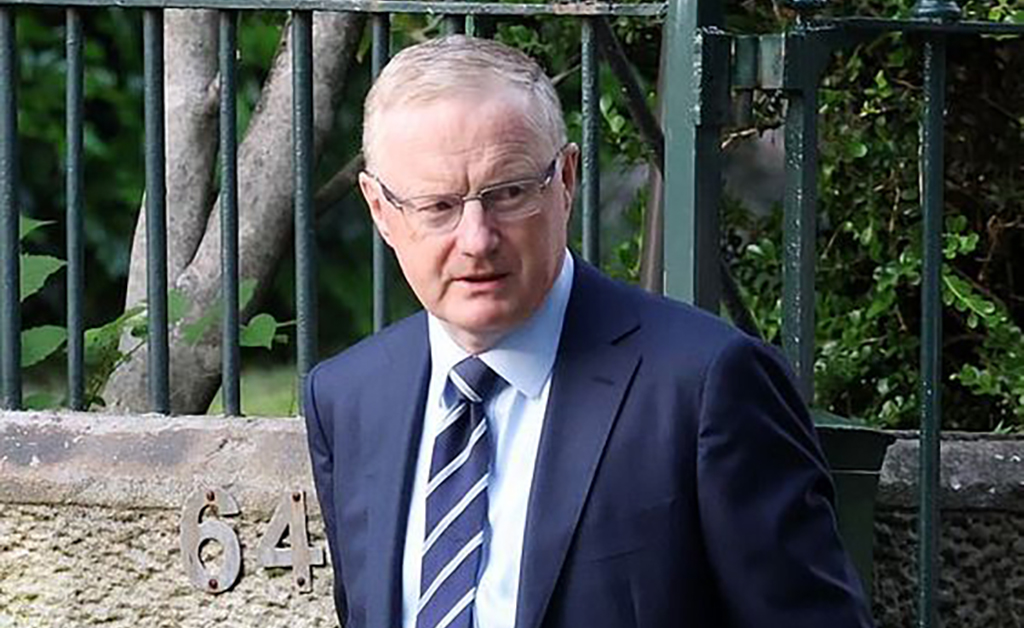
Expect Data-Driven Tightening of Monetary Policy

Online news outlet, News.com.au quoted NAB Senior Economist Gareth Spence saying that economic “risks are still tilted to the upside.” The statement alludes to Mr. Spence’s prediction that the RBA will yet again perform an increase, this time by 0.25% on November 7th bringing it to 4.35%. Mr. Spence furthered that while he believes the projection is sound, it is still entirely possible that the rise could come as early as October 3rd, coinciding with RBA’s next board meeting.
Mr. Spence stated that all the decisions the RBA makes are highly data-dependent. That said, based on the upcoming economic data, Spence says that the institution might need to perform more tweaks to the interest rates.
The last paragraph in RBA Governor Philip Lowe’s statement regarding the increase read:
Some further tightening of monetary policy may be required to ensure that inflation returns to target in a reasonable timeframe, but that will continue to depend upon the data and the evolving assessment of risks. In making its decisions, the Board will continue to pay close attention to developments in the global economy, trends in household spending, and the outlook for inflation and the labour market. The Board remains resolute in its determination to return inflation to target and will do what is necessary to achieve that.
– Statement by Philip Lowe, Governor, Monetary Policy Decision, Media Release, 5 September 2023
Mr. Spence also proposed that although the momentum of goods consumption-tied inflation is evidently slowing as shown in the recent Consumer Price Index (CPI) figures, the October 25 release of the 3rd quarter CPI data will offer a better representation of the services sector inflation. The economist went on to say that the Australian economy is not in the clear yet.
In line with this, Dr. Lowe acknowledged that services inflation is indeed a risk. He said that the inflation in Australia had already passed its peak with the July indicator showing further decline. He recognises that the inflation is still too high—and that it will persist for some time. The governor who is about to make his exit from his post stated that although the price inflation for goods has apparently eased, the prices of several services are rising rapidly.
Dr. Philip Lowe’s Exit

The decision made last Tuesday is among Governor Lowe’s last acts in his government-appointed position. The Australian government had chosen not to reappoint Dr. Lowe for another term as RBA governor. The move comes as a consequence to the governor’s incorrect proposition that the interest rates were likely to remain low until 2024. This mistaken proposition is a crucial one as Dr. Lowe had used this to guide Australians as they cautiously navigated the country’s economy.
With this, all interest rate decisions moving forward will be done under the newly-appointed RBA governor, Michele Bullock, who will assume the post of governor on September 18th.
The Impact of the Recent Interest Rate Hikes For Australian Homeowners

Australian economists were not surprised with the resolution as this had confirmed their forecast. To note, the last interest rate hike was made in June this year which ended the 12 rate rises since May. The move provides much-needed relief to borrowers who are overextended and challenged to continue their home loan repayments. This is especially notable as mortgage holders had seen an increase of 98% in mortgage payments since March of 2022.
The most direct effect the 400 basis points of rate rises has in the real estate sector is on home lending. On Tuesday, the Australian Bureau of Statistics (ABS) revealed that home lending had fallen 18% in the previous year.
What this typically means is that a fall in property prices would be possible as home lending is an indicator of future house prices.
As of writing, the value of home lending is back to where it was prior to the pandemic.
References:
